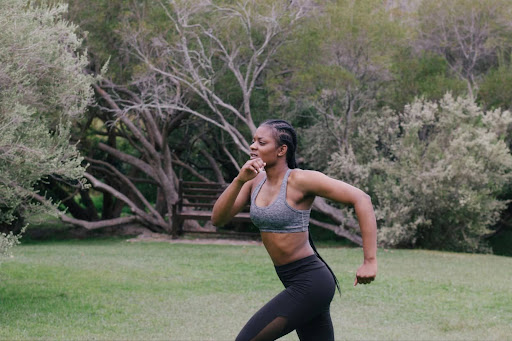
For a long time, the world of extreme sports was a narrow one. The image was almost always the same: a man taking the big risks, chasing the next impossible climb, riding the biggest wave. Women were there too, but the spotlight rarely stayed on them. That picture is finally changing. By 2025, the shift has become too obvious to ignore. Women are pushing into every corner of extreme sports, from free solo climbing to downhill mountain biking, not as outliers but as leaders. It’s a cultural change as much as an athletic one. And much like the way online audiences chase both chance and thrill in things such as crazy coin flip evolution gaming, these athletes are finding space in activities that test the edges of risk.
The Old Image and Why It Stuck
The stereotype of men as natural risk-takers wasn’t just cultural—it was reinforced by how extreme sports were filmed, reported, and funded. Big-budget documentaries often told the same story: the lone male adventurer, the daredevil with nothing to lose. Women, when included, were usually framed as supportive partners or rare exceptions. Sponsorships followed that script, which meant fewer resources for women to train at the highest level. The cycle repeated for years.
Breaking out of that mold hasn’t been easy. Even now, some still ask whether women “belong” in certain arenas, as if endurance, strength, and courage should be tied to gender. Yet every season brings new examples of women taking the biggest leaps—sometimes literally—and proving that the old image never told the full story.
Rethinking Risk
One of the biggest myths has been that women are naturally more cautious. Extreme sports have been a proving ground for this idea, and the results are clear. Women are not less capable of risk; they are often more methodical about how they approach it. In climbing, for instance, planning and technique are as important as brute force. In BASE jumping, survival depends on careful preparation and decision-making in the split second before a jump.
This doesn’t mean women are redefining extreme sports by being safer. It means they’re showing that risk isn’t just about reckless bravery. It’s about judgment, and judgment is not gendered.
The Power of Community
A major development in 2025 is the growth of women-led networks in extreme sports. These communities operate online and offline, sharing training tips, safety information, and encouragement. They aren’t built around competing with men, but around making the sports more accessible. That support structure is pulling in new participants who might otherwise feel unwelcome.
Unlike traditional institutions, which often revolve around competition and hierarchy, these groups emphasize collaboration. The effect is clear: more women are entering extreme sports, staying in them longer, and advancing faster.
Media and Sponsorship Are Catching Up
Visibility fuels opportunity. For years, a lack of coverage meant fewer sponsorships for women. Now that short-form video and direct streaming give athletes control of their own platforms, that gap is shrinking. A clip of a snowboarder landing a complex trick or a surfer riding a monster wave can spread globally within hours. Sponsors are beginning to realize that authenticity and audience connection matter more than fitting the old mold of what an extreme athlete should look like.
This doesn’t mean equality is here yet. Prize money, sponsorship deals, and media coverage are still uneven. But the direction is clear, and the momentum is building.
Beyond the Stereotypes of Body and Strength
One overlooked area is how women in extreme sports are challenging ideas about the athletic body. Mainstream sports have long celebrated certain physiques—lean, powerful, uniform. Extreme sports value something else: adaptability. A climber with a small frame may move more efficiently on difficult routes. A snowboarder with balance and timing can outperform someone with raw strength. The rise of women in these sports is expanding the definition of athleticism itself.
The Impact on the Next Generation
The most lasting change might be happening quietly. Young girls now see women in extreme sports not as rare exceptions, but as regular participants. That visibility matters. It normalizes the idea that they too can attempt a dangerous climb or try their first drop on a mountain bike trail. The next wave of athletes is being shaped by a world in which women are no longer hidden in the background.
Looking Forward
By 2025, women in extreme sports are not just breaking stereotypes—they’re reshaping the culture. The old question of whether women “belong” is fading. The new reality is that they’re redefining how these sports operate, from community building to sponsorship to the very idea of risk. What lies ahead isn’t just more participation, but a shift in how extreme sports are imagined and told.
The spotlight that once left women in the shadows now has to follow where the action is. And increasingly, that action is being led by women.
